Chongshan Temple
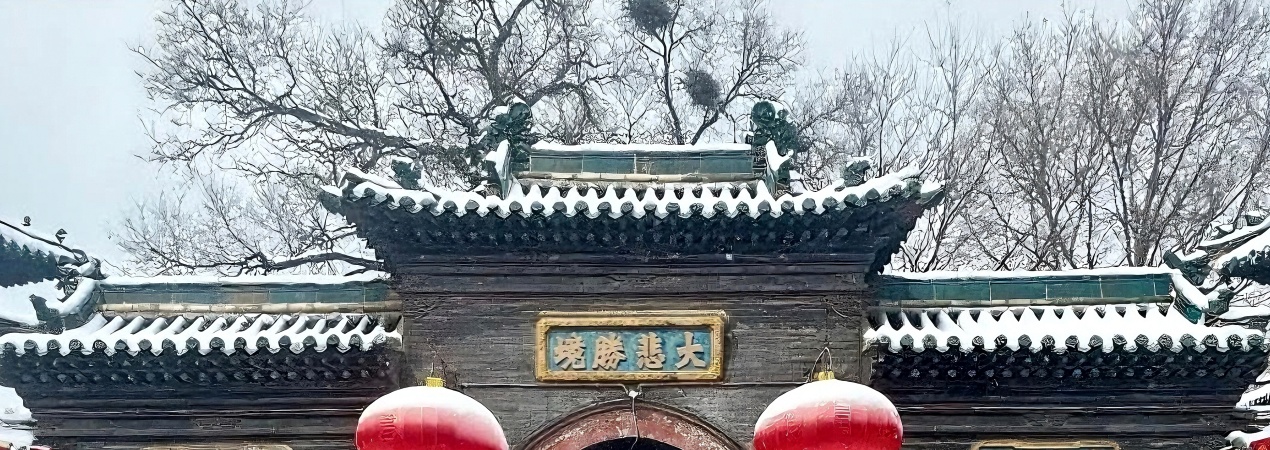
Chongshan Temple stands in Taiyuan's heart, showing hundreds of years of Shanxi history and Buddhist faith. This ancient place has rich cultural treasures and beautiful buildings. It lets visitors deeply experience Chinese Buddhism. Whether you love history, enjoy architecture, or just want peace away from city noise, you should visit this place and feel amazed.
- Chinese name:崇善寺 Chóng Shàn Sì
- Recommended Duration: 1 hours
- Entrance Fee: Free
- Opening Hours: 8:00-17:00
- Best time to visit: March to May
- Address: No. 9, Chongshan Temple Street, Yingze District, Taiyuan City, Shanxi Province
- How to get there: Take bus route 820, 815, 102, 805, or 4, get off at Qiaotou Street, and walk for 10 minutes to reach Chongshansi Temple.
Highlights of Chongshan Temple
Dabei Hall
The Dabei Hall, Chongshan Temple's main building, is a great Ming Dynasty work. It's among Taiyuan's best-kept wooden structures. Seven bays wide and four deep, this double-eaved hall uses brackets to hold up its roof, adding strength and beauty. Green tiles edge the roof, giving a grand look. Inside, the bright space shows posts and beams covered in rich gold paintings like royal palaces. At its center stands the 8.3-meter-high Thousand-Armed, Thousand-Eyed Guanyin. Though named this way, it actually bears 40 arms per side, each palm holding an eye. Multiplying these 40 hands by Buddhism's 'Twenty-Five Realms' shows the thousand hands and eyes. As one of Guanyin's six forms, it sees all human joys and sorrows. More than a holy art, it's a top example of China's ancient carving skill.
Precious Buddhist Canon
Chongshan Temple keeps rare early woodblock prints of 'Chongning Wan Shou Zang' and 'Qisha Zang'. Carving took 33 years for the Chongning Wan Shou Zang—starting with 564 boxes holding 5,800 volumes—but now only 17 volumes and 18 pages remain.The Qisha Zang needed a century to finish. Though originally 591 boxes with 6,362 volumes, 562 boxes and 4,846 volumes survive today. This makes the temple important among Buddhist sites.
Mural Reproductions
The temple holds two copies of the mural reproductions: 'The Life and Teachings of Shakyamuni Buddha' shows Siddhartha Gautama's enlightenment story, while 'The Fifty-Three Stations of Sudhana' tells of Sudhana's journey learning from Buddhas. Though painted over 500 years ago, their bright colors earn the name 'gem paintings'. These works give both beauty and help for studying Chinese painting history.
Educational Value
The Dabei Hall's architecture and Buddha statues in Chongshan Temple mostly keep their original Ming-dynasty appearance. It clearly shows the push-and-pull between Song-Yuan traditions and Hongwu changes, plus local skills against official building styles. This space also shares unique religious design ideas. Together, these make it a key sample for studying Yuan-to-Ming architectural shifts. Visitors keen on Ming-era buildings will better understand their special features when touring here.
Activities to do at Chongshan Temple
Divination:There are many people outside Chongshan Temple who use metaphysics to calculate personal future fortunes. They usually hold compasses and divination sticks. If you are interested, you can have a try. They will analyze your destiny in detail according to your birth date, palmistry or facial features, and predict the good and bad luck in the future. But please pay attention to distinguish, because there may be some people carrying out fraud.
Drop us a line and we'll connect you with the top China expert in no time!
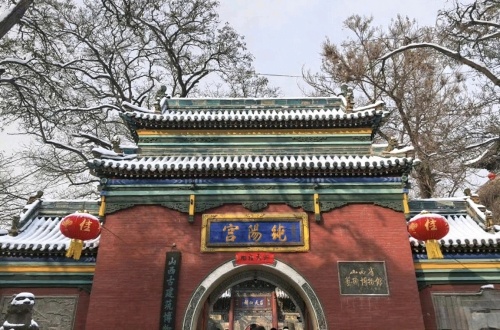 Taiyuan Chunyang Palace
Taiyuan Chunyang Palace 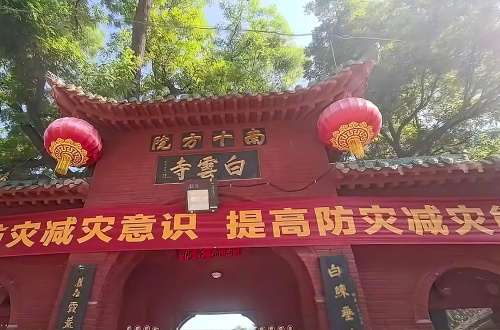 Taiyuan Baiyun Temple
Taiyuan Baiyun Temple 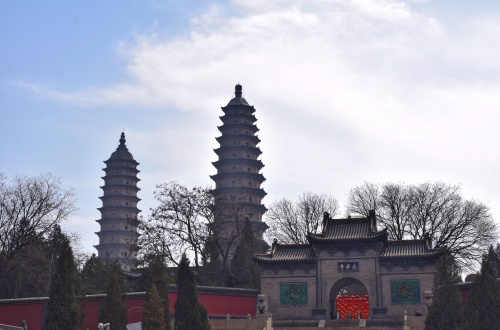 Taiyuan Twin Pagoda Temple
Taiyuan Twin Pagoda Temple 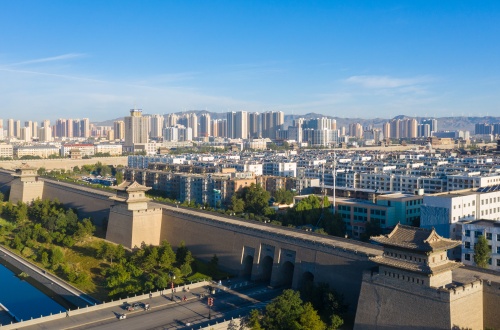 Shanxi Travel Guide
Shanxi Travel Guide